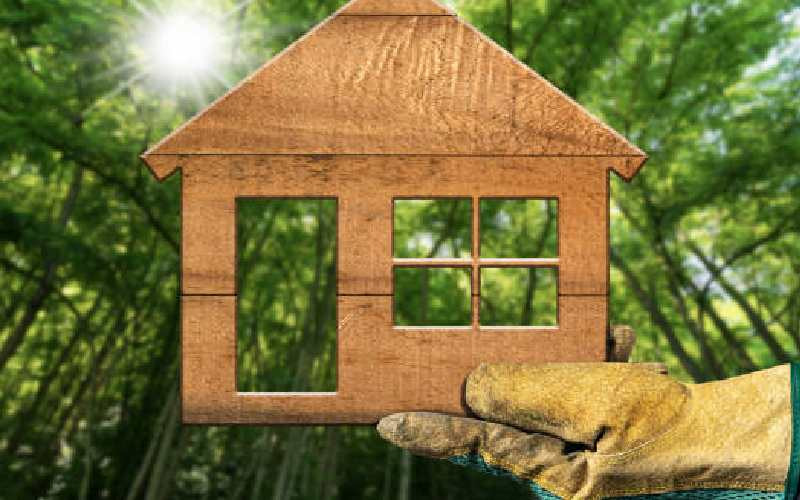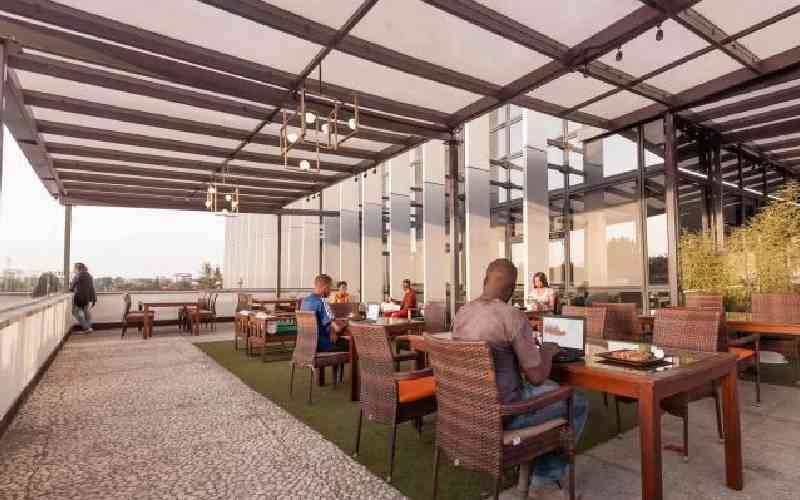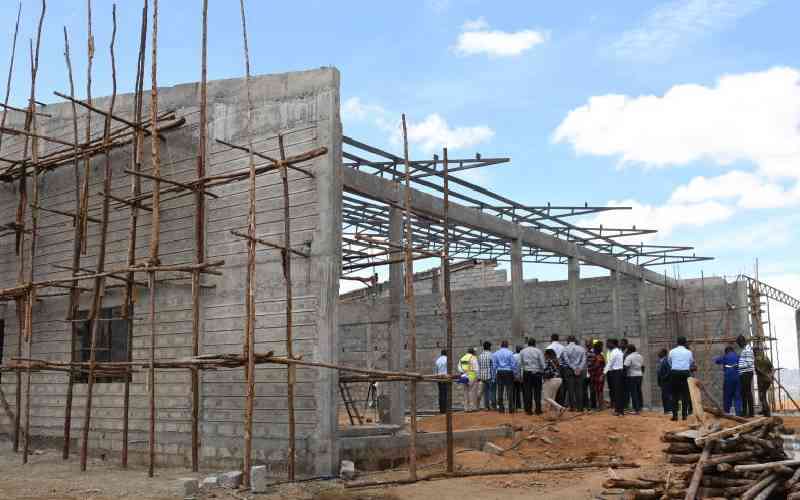
As the world this year marks the 30th anniversary of the adoption of the United Nations Framework Convention on Climate Change (UNFCCC) culminating with the 27th Conference of Parties (COP27) caucus in Egypt, green(ing of) buildings will be one...
As the world this year marks the 30th anniversary of the adoption of the United Nations Framework Convention on Climate Change (UNFCCC) culminating with the 27th Conference of Parties (COP27) caucus in Egypt, green(ing of) buildings will be one...


